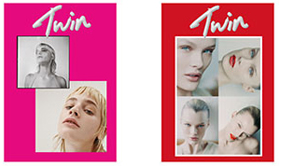On May 25, 2018, the Irish people voted to end the constitutional ban on abortion. The final result was 66.4% Yes and 33.6% No. The vast majority of constituencies across the nation were in favour of removing the amendment from the constitution. In essence, it envisions a modern Ireland but the campaign wasn’t won by itself.
Fashion played an instrumental role in initiating conversations surrounding the Repeal the 8th campaign. Designers living in Ireland and abroad banded together to help shape the modern Ireland they’d like to see. Activists launched their own operations in the campaign’s nascency to voice their opinions. There were Anna Cosgrave’s Repeal Project sweaters; badges from the Abortion Rights Campaign and Together for Yes; housewares, clothing, and accessories from Repealist. Collectively, they inspired political awareness and instigated dialogues that were once left unspoken. “Don’t talk about politics,” it’s taught. Fashion turned that on its head.
“Both my apparel and jewellery were designed with the specific aim of making Repeal about celebrating the beauty and colours of autonomy,” said Shubhangi Karmakar, the founder of Repealist. “From my experience of making each piece by hand, the possibility of having customised jewellery to support Repeal fostered a sense of individuals identifying more closely and affiliating with the movement.”
The Hunreal Issues ‘Fashion is Repealing’ event was another important aspect of the campaign. Organised by Andrea Horan, founder of Dublin-based nail bar Tropical Popical, The Hunreal Issues provides information about abortion rights. The event connected with a voting population through fashion as a means of diluting the seriousness of politics in order to drive social change.
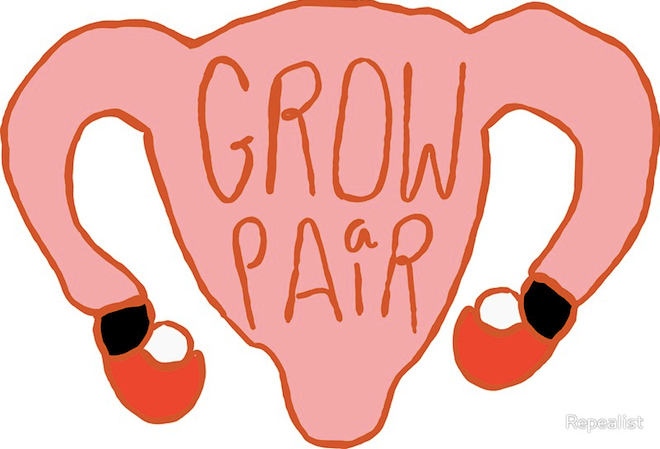
© Repealist
The event was a fundraiser-cum-fashion show in Dublin. It “added another layer to the tone of conversation around Repeal.” Horan assembled a dozen Irish designers to create one-of-a-kind pieces for the fashion show and fifty more affordable, collectible t-shirts and accessories for sale on The Hunreal Issues’ website. After the event, The Hunreal Issues made a donation of €25,000 to Together For Yes, the abortion rights campaign group.
The primary aim of Horan’s campaign was to inspire young people to participate in politics and to highlight women’s rights issues as red line issues. “Fashion allows people to engage and interact with it on their on time, in their own way and interpret the messages found within it into their own language. For me, this is what is missing in politics – how can you get frustrated and wonder why there aren’t more young people caring about politics if nothing you do targets or engages them,” she said.
The campaign stages were pivotal. Abortions rights in Ireland has been an ongoing battle since 1983 when the country first went to the polls to debate abortion. The Catholic Church and the Irish government have long been bedfellows, but the deep-seated attitudes that once dogged the country are slowly diminishing.
“It felt good to have a very small part in this momentous and long overdue change to how women are treated in Ireland. It doesn’t make up for the years and years where women have died, have felt hurt, guilt, conflict, judgement and shame but it is the start of acknowledgement and change. I am proud at how people have come together and supported and fought for this,” said Natalie B. Coleman, a designer from County Monaghan whose work blends the personal and the political with an intent on developing “a strong feministic spirit behind our collections.”
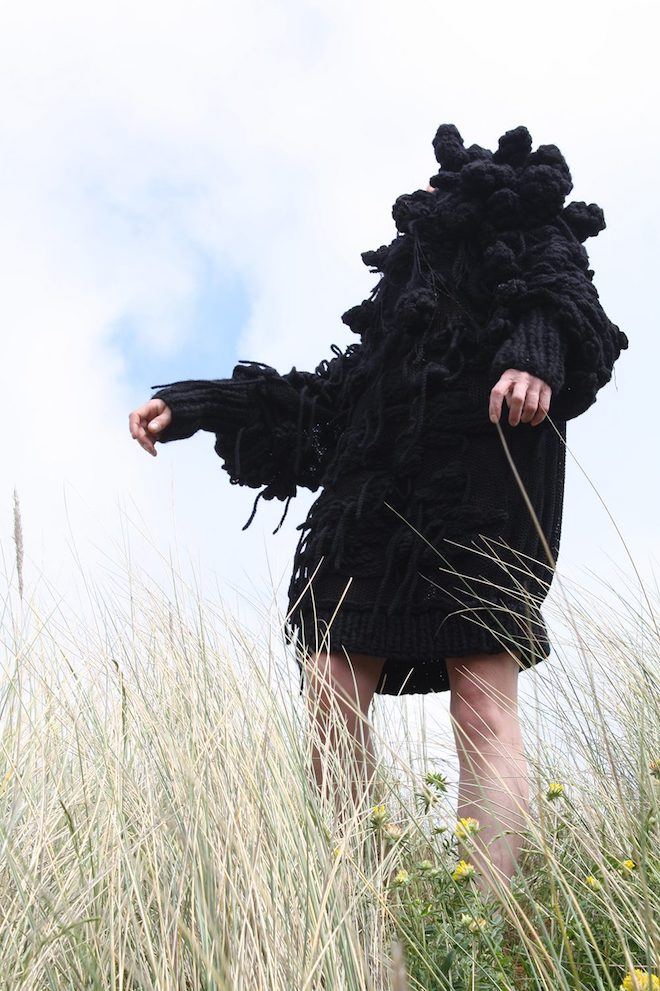
Natalie B Coleman AW17 | © Natalie B Coleman
“I think social media is what pushed young voters to get out and vote. I don’t think young voters related with the posters hanging around the city,” said Louise Kavanagh, an Irish fashion designer who participated in ‘Fashion is Repealing.’ “Social media was a great platform to see all information about the Repeal Project, which provided all factual information. It also gave the platform to promote events based on the campaign. I think these really related to young voters because at the end of the day we are the future and it’s us who the vote effects.”
May 25 was historic: The victory marks a new dawn for women’s rights, christens a more compassionate, caring, and considerate Ireland, and propels the country into modernity. There is work still to be done: implementing education, rewriting the constitution, and opening dialogues surrounding these subjects.
But in the run-up to the referendum date, many were cynical about the fashion industry’s reach, questioning its ability to galvanise a large audience into voting. Their reasoning was rooted in previous liberal failures in both the United Kingdom and the United States. In June 2016, despite the idealism, hope and slogan t-shirts, the UK voted to leave the European Union, in a shock victory. This newfound solidarity among right-wing voters strengthened in November 2016, when the US elected Donald J Trump as president. Despite the fashion industry’s best efforts, support from publications, designers, and influencers, wasn’t enough.
“I don’t think people were educated on Brexit. With the Hillary campaign, they pumped a lot of money into the merchandise but nobody was buying this stuff, they were giving it away for free,” said Margaret O’Connor, an Irish milliner. “In Ireland, people reached into their pockets and bought [Repeal merchandise]. It was a union between the people who were tired of Catholic guilt and shame. For me, I was compelled to involve myself not from a fashion standpoint but as a human rights issue. As a conceptual artist and designer, this was my way of expressing myself.”
“It’s really easy to brush off fashion as an influencing factor when it’s not your world. When your day-to-day is politics, it’s easy to see fashion as some frivolous interest or pastime. However, as has been proven time and time again, fashion is powerful,” said Horan.

Richard Malone AW18 for Twin magazine | Amber Pinkerton
For Richard Malone, a fashion designer from County Wexford and prominent activist, the referendum was about actively involving himself in the campaign stages. He used his platform as an educator in fashion colleges, he engaged in discussions about it with “anyone that will listen about it,” and he staged an event in the window of Selfridge’s with journalist Una Mullally. “It’s excellent news. I couldn’t have been quiet on [the referendum],” he said about the result when contacted via email. “I’m super proud of everyone involved. We mobilised and made it happen and there’s a lot to be learned from the young people in Ireland, politics matter and we need to get involved.”
It remains to be seen whether fashion designers will reflect this monumental occasion for women’s rights in their work. Malone maintains he will continue to reflect the “strong, bold, independent women” he surrounds himself with. “[The vote] is more of a celebration of them and I’ve always aimed to celebrate women in my work.”

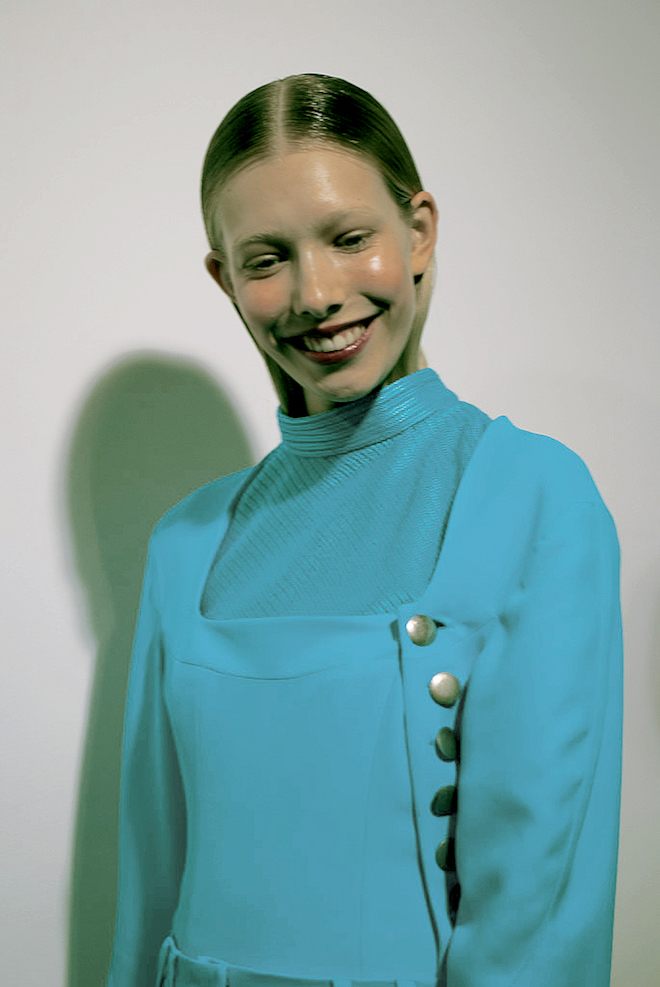
 PREVIOUS
PREVIOUS
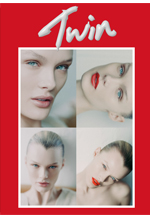
 Twitter
Twitter
 Tumblr
Tumblr
 YouTube
YouTube
 Facebook
Facebook
 Instagram
Instagram
